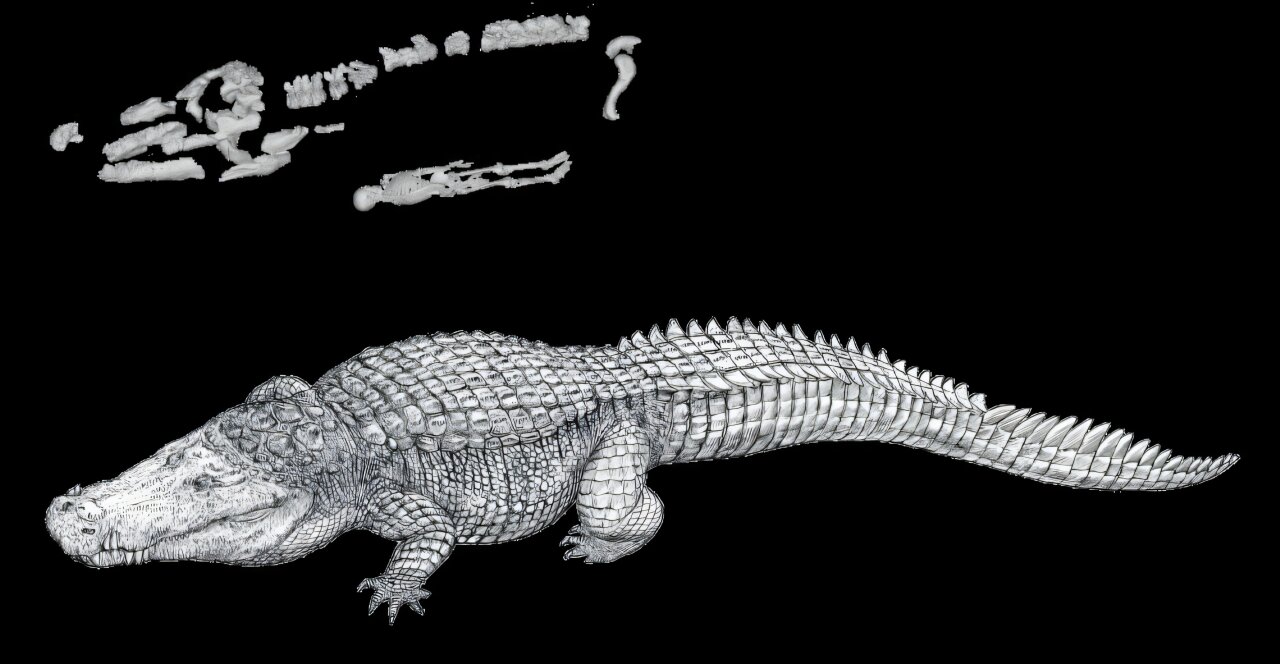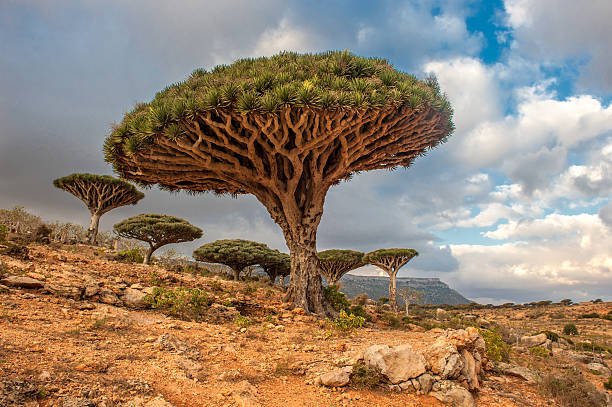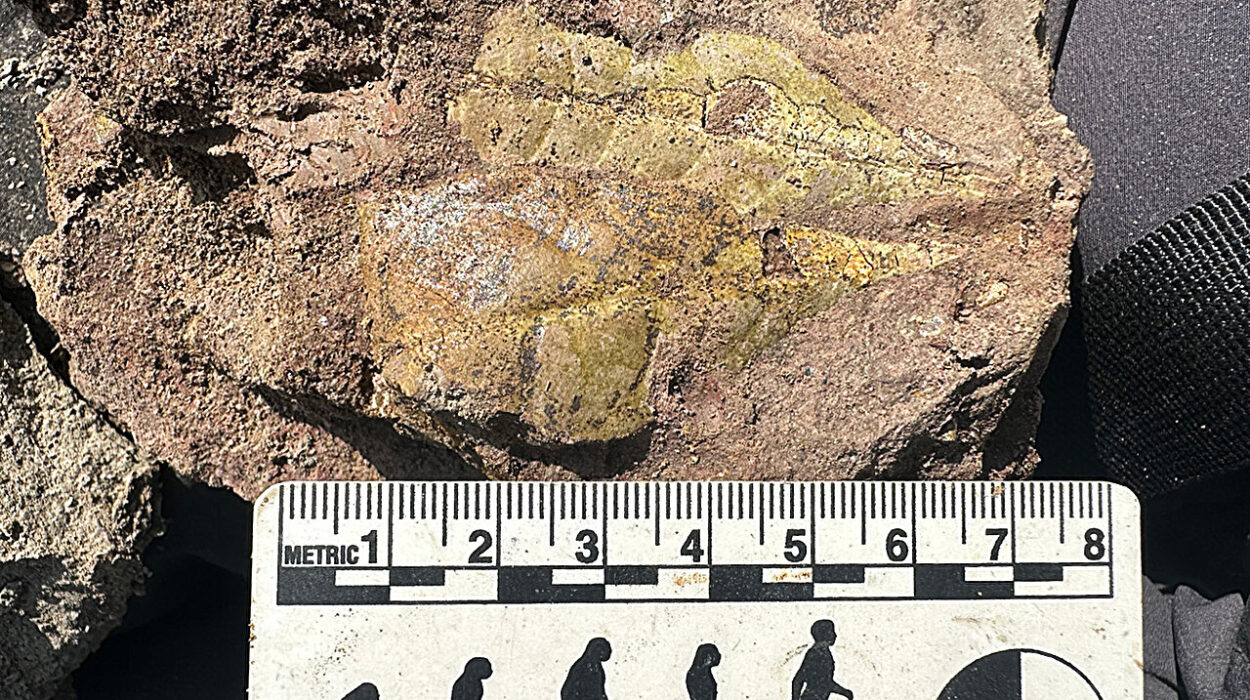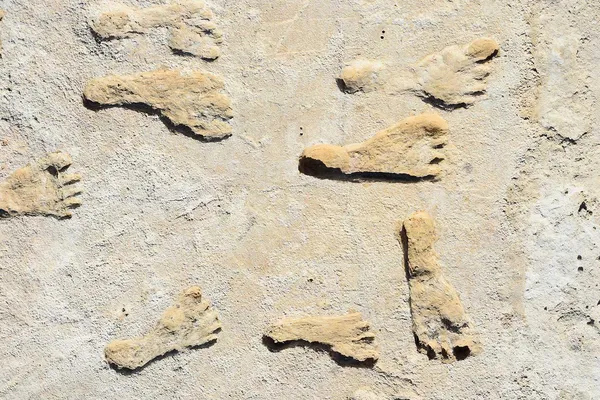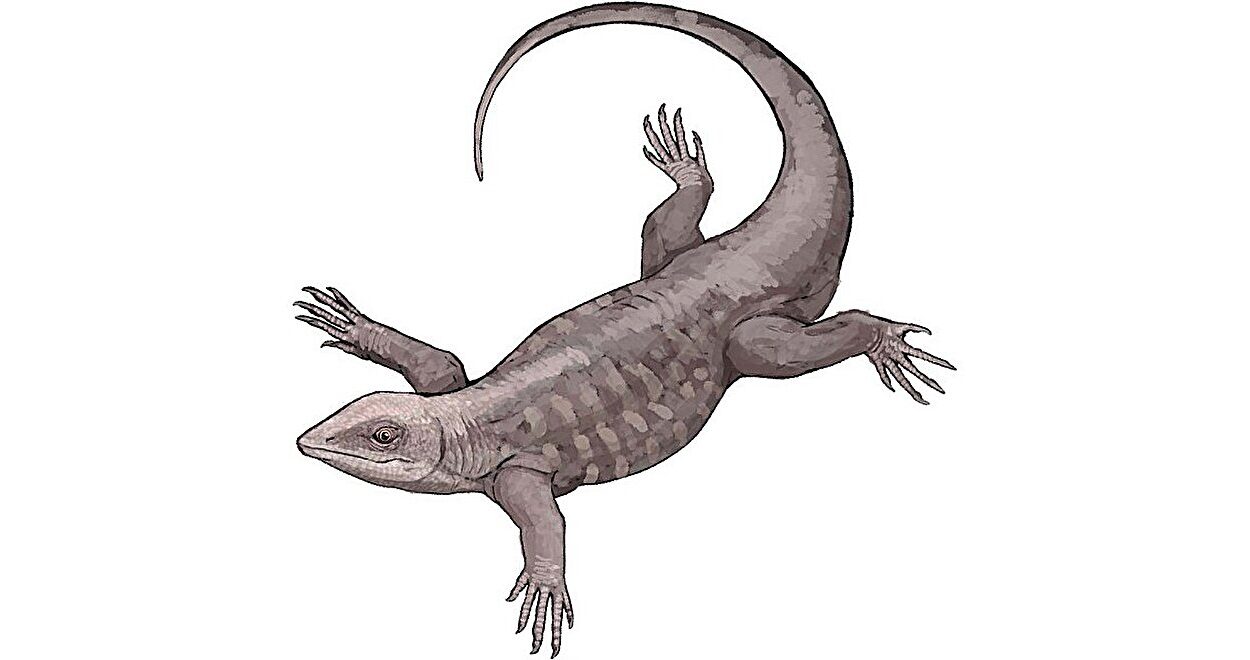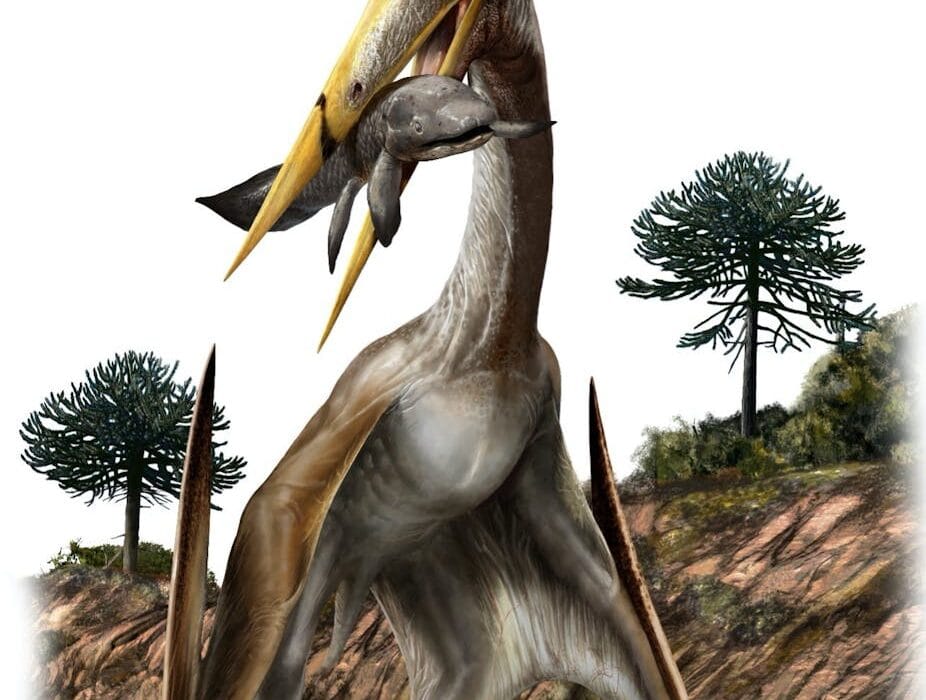Long before dinosaurs thundered across prehistoric floodplains, the ancestors of crocodiles, birds and other archosaurs faced a problem written not in teeth or claws, but in the geometry of bone and muscle. Growing big is dangerous business. Mass increases faster than strength. Each kilogram added to a body multiplies the load on every joint, tendon and femur. For an ancient reptile seeking size, the price of evolution was mechanical stress: bend too much, and the body collapses under its own ambition.
New research has uncovered a simple, elegant solution forged in deep time — stand straighter. By rotating their limbs from a sprawling, lizard-like stance toward a more vertical, columnar posture, early archosaurs unlocked the biomechanical headroom needed to evolve into crocodiles, dinosaurs, birds — and eventually, giants.
Published in Science Advances, the work is the product of an international team from the Royal Veterinary College (London), the Institute of Vertebrate Paleontology and Paleoanthropology (Beijing), and Clemson University (South Carolina). Through computational anatomy, they rewound evolution not with fossils but with physics, asking a question every towering animal must silently solve: how does bone bear a life this heavy?
Turning Living Alligators Into Time Machines
The team chose a living representative of ancient reptile lineages — the American alligator — and treated its body as a biomechanical laboratory. Using computer simulations fueled by real anatomical data, they modeled the hindlimb of alligators at different life stages, from hatchlings to several-hundred-kilogram adults.
The approach let them do what fossils cannot: watch the same skeleton handle weight across growth, posture and gait. They calculated how muscle fibers strain, how femurs flex, how joint forces scale as an animal grows. Then they virtually asked the animal to walk again — not in its normal sprawl, but in a more erect, hips-under-the-body posture.
The pattern revealed itself like a solved riddle. As mass increases, forces on muscle and bone rise steeply. But when the same heavy alligator stands and walks with a more vertical limb, those forces drop. The body becomes its own brace. Columns beat struts.
This is the same biomechanical advantage that let early archosaurs explode into ecological roles that sprawling reptiles — like lizards — never achieved. Posture didn’t just change how these animals moved. It changed how big they could dare to become.
Resurrecting a Giant: The Case of Deinosuchus
To test whether this principle scaled beyond living bodies, the team built a digital proxy of Deinosuchus riograndensis, a Late Cretaceous crocodile-kin so massive it outweighed modern saltwater crocodiles threefold. At over three metric tons, it lived near the biomechanical ceiling for crocodilian form.
The simulations told a striking story. A reptile of that size and shape likely could not fully lift its body off the ground. Muscles and bones could not safely supply the force required. Land movement would have been a slow, belly-dragging haul — not a lifted walk. Here evolution hit a boundary: after a certain threshold, posture is no longer enough; the body becomes too heavy for its own architecture.
This boundary helps explain why crocodile-like animals never rivaled sauropod dinosaurs in size. They solved part of the equation — posture — but not all of it.
Evolution Seen Through Physics
Professor John Hutchinson of the RVC, a senior author on the study, framed the significance in sweeping terms: extinct animals often adopted anatomies the modern world has never seen. Physics allows us to test what those extinct bodies could and could not do — and to compare them with the living. In doing so, we learn the rules of locomotion not just as a biological phenomenon, but as a physical inevitability.
Lead author Masaya Iijima emphasized that this study is a beginning, not an end. With modern simulations validated against living tissue, the next step is to bring fossils — skeletons and even footprints — into the same computational light, to trace posture and size across evolutionary time.
Richard Blob of Clemson placed the work in a broader evolutionary frame: giant bodies have evolved again and again on Earth, despite extreme mechanical costs. Understanding how lineages outran those costs — and where they hit walls — reveals the envelope of what life can be.
A Deep Law About Bodies and Limits
The study is more than a story about alligators or a long-dead crocodile. It is evidence of a deeper principle: form is a negotiation with force. Every evolutionary path runs through physics. To change posture is to rewrite biomechanical destiny. To rewrite biomechanics is to open evolutionary space.
Archosaurs did not inherit the Earth by accident. They stood up — not just metaphorically but literally — against the physics of gravity. Their limbs straightened, their loads lightened, and evolutionary possibility widened. In that small pivot of bone, the world’s future — from dinosaur empires to the wingbeats of birds — was made physically possible.
What we call “life” is always bound to the unseen contracts written in stress, strain, and leverage. In learning how ancient reptiles learned to bear themselves, we learn again that evolution is not merely a history of shapes — it is a chronicle of how matter finds new ways to resist collapse, and through that resistance, becomes something it was not before.
More information: Masaya Iijima et al, Biomechanical simulations of hindlimb function in Alligator provide insights into postural shifts and body size evolution, Science Advances (2025). DOI: 10.1126/sciadv.adx3811
